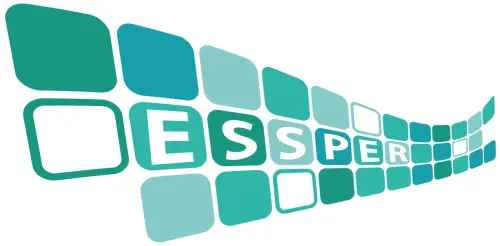Associazione ESSPER
periodici italiani di economia, scienze sociali e storia
periodici italiani di economia, scienze sociali e storia
Autore: Weis, Joëlle
Titolo: The Genealogy of a Collection: Working with Manuscript Library Catalogues
Periodico: Cromohs
Anno: 2020 - Volume: Vol. 23 - Pagina iniziale: 135 - Pagina finale: 149
In 1773 Gotthold Ephraim Lessing, at that time librarian of the ducal library in Wolfenbüttel, criticised his predecessors of only being interested in the history of the library’s augmentation, of the library’s „genealogy“. According to the famous writer, former librarians were so fixated on the catalogues that they forgot the real purpose of telling a collection’s history: showing how it contributed to scholarship. Of course, Lessing has a point, the history of a collection and its holding institution should not be told simply by enumerating objects, but he might have underestimated the potential of catalogues and book lists as sources for the history of scholarship, indeed the history of knowledge. Library catalogues should not only be seen as valuable sources for the reconstruction of an as-is state of the library at a specific moment of the collection’s life but that a much broader perspective can be taken. Using the example of the Wolfenbüttel manuscript catalogues dating from the mid-17th to the 18th century, the catalogues can be read as behavioural guidelines, as an instrument for representation, as a witness for scholarly practices or as legal papers. Just as for literary documents, they invite to read between the lines, to analyse their specific style as well as to discover the different communicative strategies and hidden messages. Using Lessing’s image, the catalogues help with the composition of an enhanced genealogy, positioning every item into a network of objects, texts, practices, and ideas.
SICI: 1123-7023(2020)VOL. 23<135:TGOACW>2.0.ZU;2-8
Esportazione dati in Refworks (solo per utenti abilitati)
Record salvabile in Zotero
Biblioteche ACNP che possiedono il periodico
